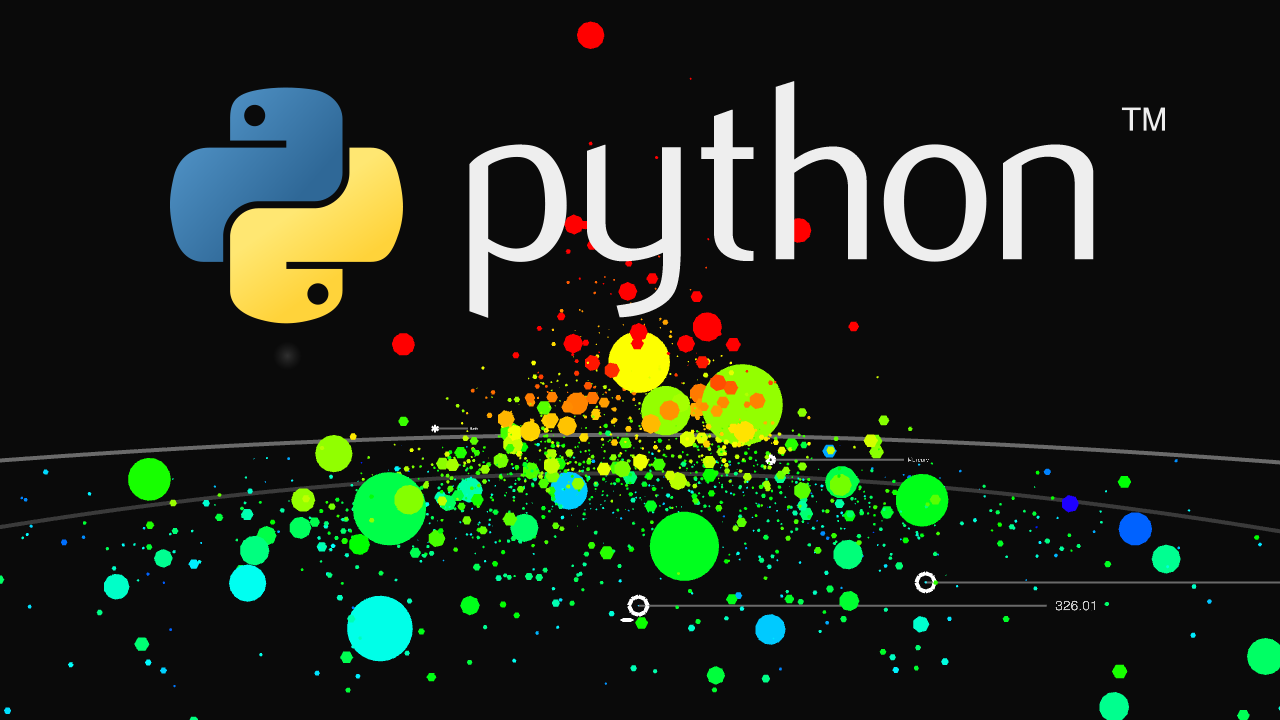I start this series with a confession – to me, content is more important than form. I shall always prefer a semantically optimized algorithm to a catchy interface. An old timer, I often wonder how visualization and reporting tools came to be as much in demand amongst budding data scientists as the design and analysis of algorithms. I suspect it is a consequence of two occurrences: 1) the wave of ‘branding’, fostered by our service centric business environment; and 2) the phenomenal advancements in hardware that enable computer scientists to raise abstractions to a level where the erstwhile ‘holy grails’ of computer programmers – the conservation of memory and processing power – are not that ‘holy’ anymore. The dawn of big data is changing that; but that I shall discuss another day. Today, I want to stress something more basic, which is at the very heart of data science – algorithms!
There are many splendid texts available, but a fairly comprehensive collection of algorithms featured in computer science and will probably be helpful to data scientists is available at http://www.personal.kent.edu/~rmuhamma/Algorithms/algorithm.html. To those folks who do not have a formal education in computer science / computer engineering, I emphasize the following: 1) know the initial and final conditions of what you want in the real world system – make those the initial and final conditions respectively of your algorithm; 2) be very clear on the inputs to your algorithm (where they come from) and the outputs (where they go); 3) determine in advance the variables you use (type and size) – estimate their initial, intermediate and final values; and most importantly, 4) know when, where, and how the iterative segments are to be sequenced. Needless to say that the iterative segments are at the heart of the algorithm, just as the algorithm is the heart of data science.
I shall now talk about another issue that sooner or later will have to be addressed by data scientists; how and the extent to which financial audits can be automated. It is tricky. When I was a Certified Information System Auditor (CISA) I had the chance to meet many bankers as part of my job, and though most were bullish about Information and Communication Technologies (ICTs) when applied to operations, very few were convinced of the efficacy of automated tools to resolve audit issues. In some cases companies themselves would refuse to share data citing security and privacy concerns.
I was again queried on this issue a few days ago by one of the partners of the ‘Big Four’ consulting companies in Mumbai. I’ve been thinking about an answer, and am convinced that automation has the potential to play a substantial role in the game of financial audit; but initially it shall have to be in partial capacity and closely monitored by experts. Typically, auditors have to deal with different types of accounting systems on a variety of platforms. Also, they prefer to obtain data directly from the transaction and master databases rather than rely on reports presented to them by the client. Vasarhelyi et al in the Journal of Accountancy state that “auditors must deal with the lack of transparency that automated systems create by placing computer procedures and configurable controls between the auditor and data.” for more information, refer to http://www.journalofaccountancy.com/issues/2014/apr/automated-audits-20127039.html
The catch is that as most things connected with audit, the devil is in the details. What I propose is fairly straightforward in theory…though it might take some time to realize. The auditor must ‘algorithmize’ (as mentioned above) his method along with his audit plan. This would be especially challenging – most ‘star’ financial auditors rely on instinct. They are encouraged to develop a sense of professional skepticism as an ethic in the discharge of their duties. To make the ‘partial automation’ of audit effective however, they must spare the time to build repositories and store in the memory previously identified fraudulent trends; and report exceptions. Machine learning algorithms must make the system adaptable to continuous training, even when presented with ambiguous or incomplete data, as well as be able to incorporate the learning of previous audits. Natural Language Processing (NLP) can be exploited to streamline labour intensive operations by analyzing text documents process anomalies; thereby uncovering plain sight risk in financial documents. Of course at all times, the auditor must trust her own judgement and experience to decide what is material and worth reporting to the management, and what is not. To do that with a reasonable amount of confidence, she must know the limitations of the automated system and the methodology followed to obtain outputs. Putting it succinctly, she must know the ‘algorithm’!
I will conclude by observing that the profession of a financial auditor is heavily overloaded with paperwork. I once lived with three auditors (again from the ‘Big Four’ companies)… rarely did they ever have their dinner before midnight. Machine learning and NLP have the potential to take some stress out of their jobs by not only reducing manual effort, but also improving levels of accuracy. Consequently, auditors can be liberated to focus on enhancing quality by evaluating advanced analytics, spending more time exercising their professional judgment, and providing greater insights into what mysteries data hold with in itself. I shall talk about this next time, by developing a use case for financial audit.





